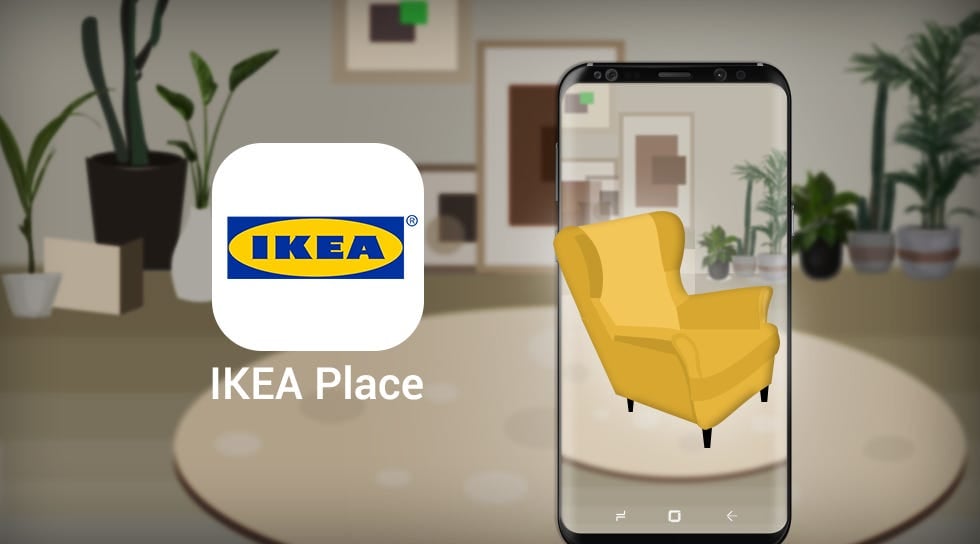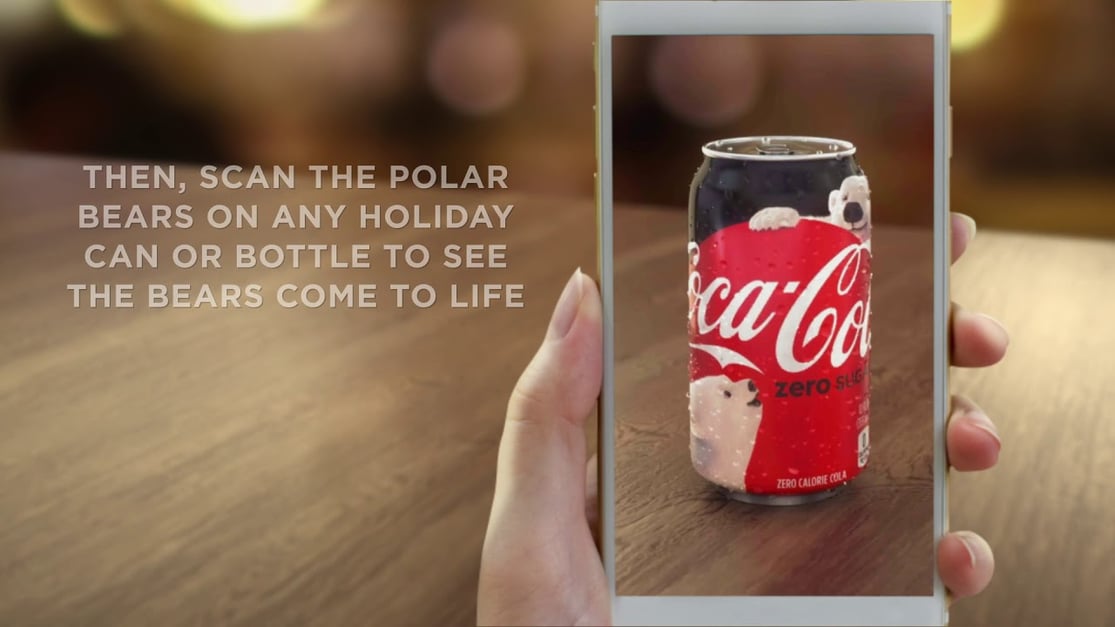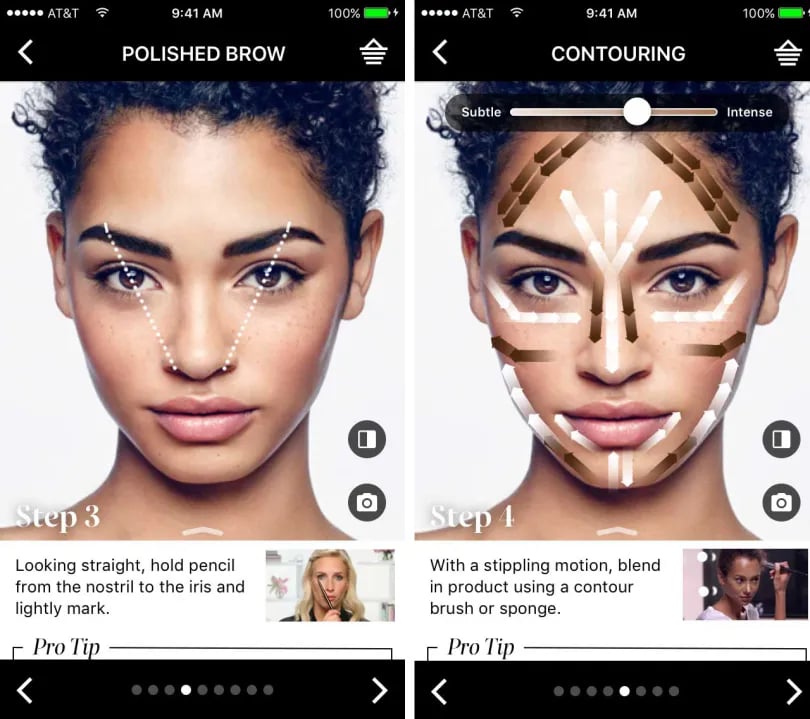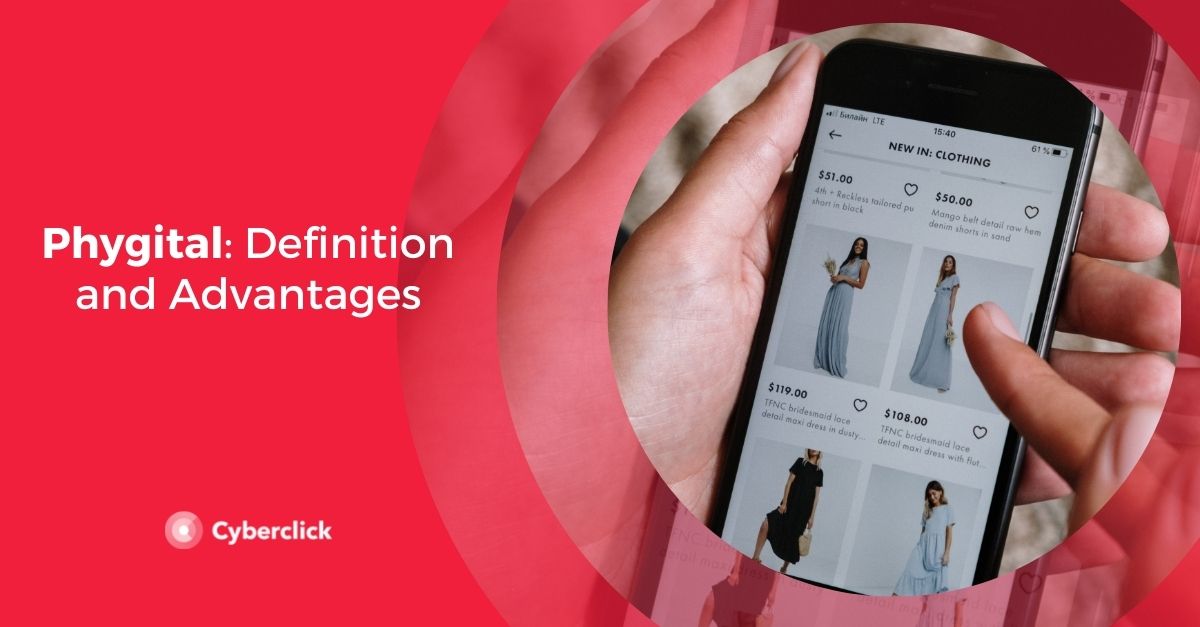In today's digital age, consumers are bombarded with marketing messages from all sides. It’s more important than ever for brands to find ways to stand out from the competition and engage with their target audience meaningfully.
In this article, we will explore what Augmented reality is, why it should be a part of your marketing plan, how it can affect your brand, and examples of successful AR marketing campaigns.
What Is Augmented Reality?
Augmented reality is a powerful marketing tool and technology that overlays digital information, such as images, videos, or 3D models, onto the physical world in real time. AR overlays digital data in the real world, creating immersive and interactive experiences that can capture consumers' attention and make a lasting impression.
Why Use Augmented Reality in Your Marketing Plan?
Augmented reality is a unique medium that can captivate consumers like never before. Incorporating AR into your marketing plan can create memorable experiences, foster brand loyalty, and drive customer engagement. There are many ways that brands can use augmented reality in their marketing campaigns.
Interactive Product Demonstrations
AR can allow customers to see how products look or work in real life before purchasing. They can try on virtual clothing, test furniture placement in their homes, or virtually test drive of a car. By offering these immersive experiences, AR helps customers make more informed purchasing decisions.
For instance, IKEA’s AR app allows users to place furniture virtually in their homes to see how it would look and fit. This way, IKEA customers can visualize how different pieces of furniture fit into their living spaces before they made a purchase.

Gamification
Consider gamifying your marketing campaigns to make them more fun and engaging for customers. For example, Coca-Cola created an AR campaign that allowed users to scan specially designed cans with their smartphones to unlock interactive games and content. Creating interactive products that blend the real world with virtual elements helped Coca-Cola increase customer engagement, encouraged social sharing, and drove participation.

Virtual Try-Ons
For industries such as fashion and cosmetics, AR offers the ability for customers to try on clothing, accessories, or makeup products virtually. This can help reduce buyers’ need for physical samples and enables customers to make confident purchase decisions, reducing buyer's remorse and increasing customer satisfaction and sales.
Enhanced Brand Storytelling
Brands use AR to tell stories more interactively and engagingly. For example, brands can create AR experiences that transport customers or provide educational content, fostering a deeper connection between the brand and its audience.
Have you ever been in a Sephora store staring at a makeup wall, wondering which products would look best on you? Sephora’s Virtual Artist app allows customers to try on different makeup products virtually by using their smartphone’s camera. Simply download the app, open your camera, and see how the products would look in real life!

These are just a few examples of how brands have used AR in their marketing plans to engage and captivate their target audience. By leveraging AR technology, you can create immersive experiences, enhance your brand storytelling, and drive customer engagement. Whether through interactive product demonstrations, gamification, virtual try-ons, or other innovative approaches, incorporating augmented reality into your marketing strategy can help boost your brand's visibility, customer satisfaction, and bottom line.
Licenciada en Publicidad y Relaciones Públicas por la UAB. Digital Marketing Strategist en Cyberclick.
Degree in Advertising and Public Relations from the UAB. Digital Marketing Strategist at Cyberclick.







Leave your comment and join the conversation